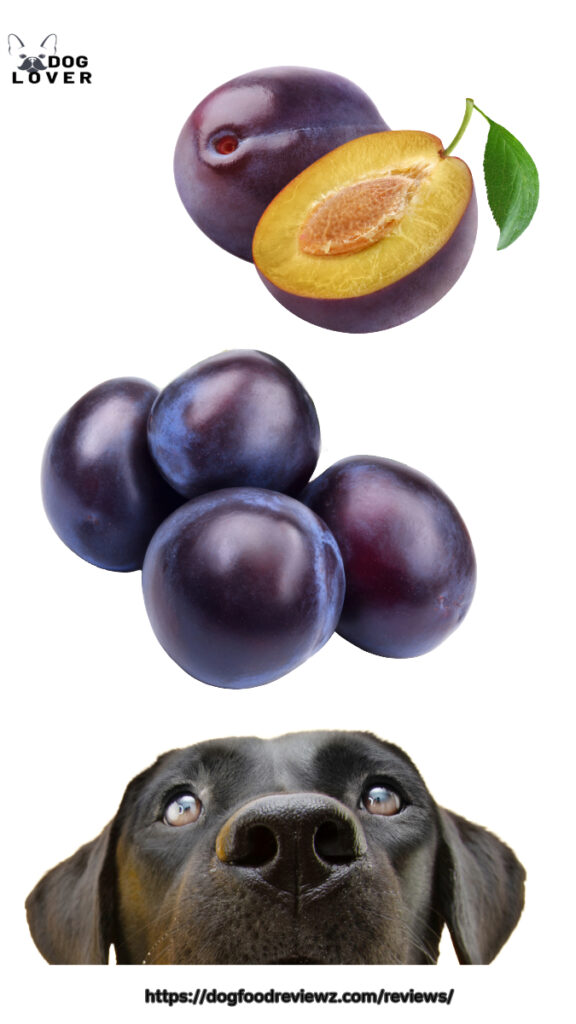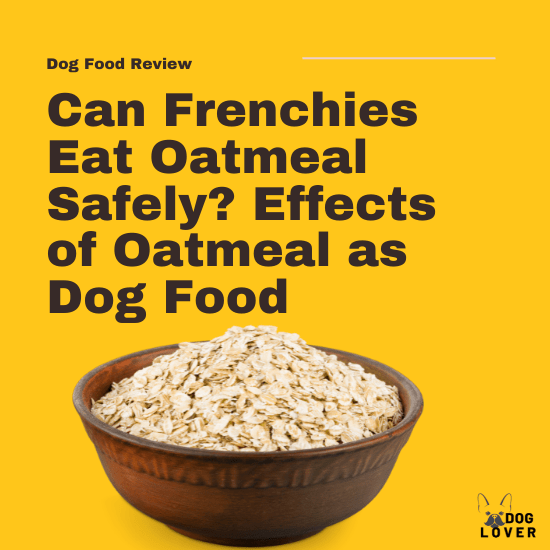Dogs can eat plums when properly prepared and given in moderation.
The flesh of ripe plums is safe for dogs and provides beneficial nutrients like vitamins A and C plus fiber.
However, there are important safety considerations to keep in mind.

Health Benefits of Plums for Dogs
Plums offer several nutritional benefits for dogs:
- Vitamin A supports healthy vision, skin, and coat
- Vitamin C boosts immune health and acts as an antioxidant
- Fiber aids digestion and helps regulate blood sugar levels
- High water content provides extra hydration
- Potassium supports nerve, heart, and kidney health
Safety Precautions
While the flesh is safe, other parts of plums can be dangerous:
- Plum pits contain toxic substances like cyanide and amygdalin
- Pits pose choking and obstruction risks, especially for small dogs
- The stem, roots, and flowers also contain toxins
- Too much sugar can lead to obesity and diabetes
- Excess fiber may cause digestive upset
Different Forms of Plums
- Raw Plums: The best way to feed plums to dogs is raw and fresh, with the pit removed. Raw plums retain all their nutrients and are safe when given in small amounts. Always remove the pit and cut the flesh into appropriate portions.
- Dried Plums (Prunes): Dogs should not eat dried plums or prunes. The dehydration process concentrates the sugar content, making them too caloric and sweet for dogs. While not toxic, the high sugar concentration can lead to weight gain and diabetes risk.
- Plum Jam: Avoid feeding dogs plum jam. It contains excessive sugar and may include artificial sweeteners like xylitol, which is toxic to dogs. The high sugar content can cause digestive issues and contribute to obesity and diabetes.
- Candied Plums: Never give dogs candied plums. These treats are packed with unhealthy sugars and may contain artificial sweeteners, spices, or other harmful ingredients. They can cause tooth decay, weight gain, and other health issues.
- Plum Skin: The skin is safe and contains beneficial fiber and vitamins. However, introduce it gradually and watch for any adverse reactions like vomiting, diarrhea, or skin irritation.
Safe Fruits for Dogs
Several other fruits can be safely combined with plums:
- Apples: Rich in fiber and antioxidants, apples support digestion and immune health. Remove seeds and core before feeding.
- Bananas: Provide vitamins B6 and C, potassium, and fiber. Good for digestion but high in sugar, so feed in moderation.
- Blueberries: Excellent source of antioxidants and vitamins C and K. Low in calories but high in sugar, so portion control is important.
- Oranges: Offer vitamin C, potassium, and fiber. Remove peel, pith, and seeds before feeding. The high water content makes them good for hydration.
Safe Feeding Guidelines
To safely feed plums to your dog:
- Remove the pit, stem, and any leaves
- Wash thoroughly to remove pesticides
- Cut into appropriate portions
- Start with small amounts to test tolerance
- Monitor for adverse reactions
- Limit to occasional treats, not daily feeding
- Consider your dog’s size when portioning
Commercial Dog Foods with Plums
Some manufacturers incorporate plums into their products:
- Nulo Freestyle Grain-Free Duck Recipe With Plum Jerky Dog Treats
- Wysong Dream Chicken Freeze-Dried Raw Dog Treat
When to Avoid Plums
Avoid giving plums if your dog:
- Has diabetes or obesity
- Shows signs of food sensitivity
- Has a history of digestive issues
- Is on a restricted diet
Emergency Signs
Seek veterinary care if your dog shows these symptoms after eating plums:
- Difficulty breathing
- Severe vomiting or diarrhea
- Signs of obstruction
- Unusual lethargy
- Excessive drooling
- Signs of distress
While plums can be a healthy occasional treat for dogs, they should always be properly prepared and given in moderation.
The key is removing dangerous components like pits and stems, controlling portions, and monitoring your dog’s response to this fruit.


